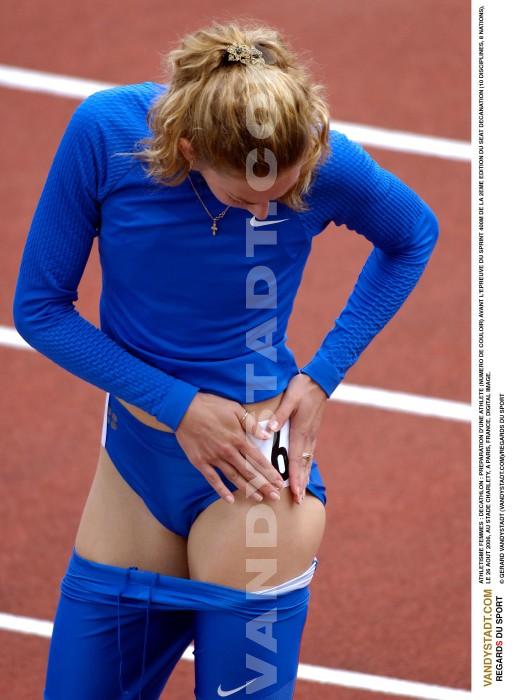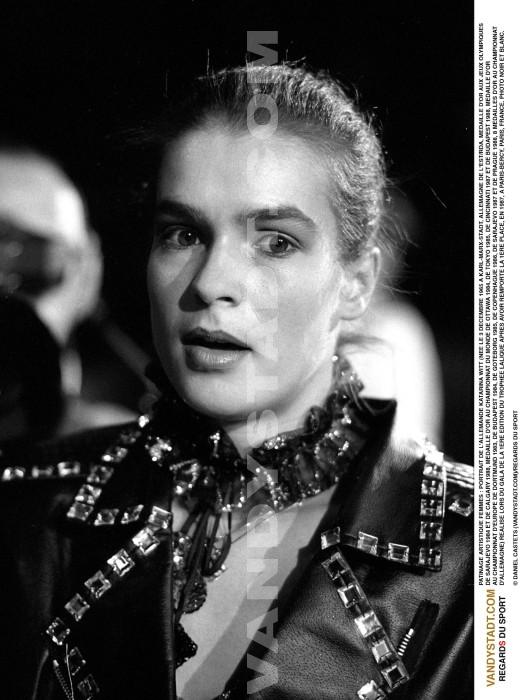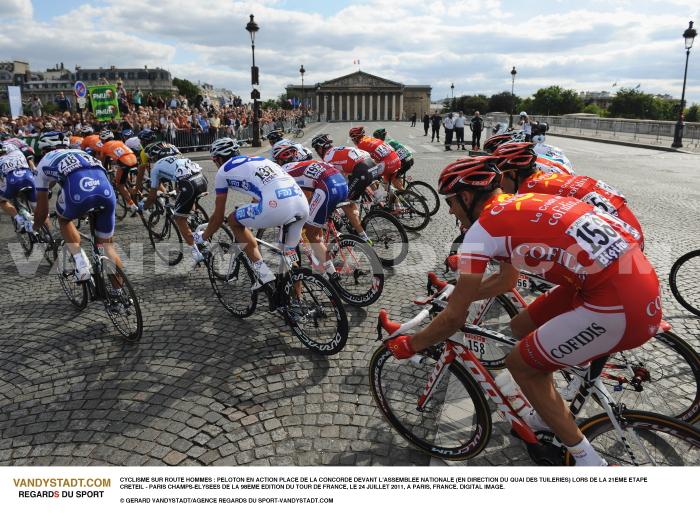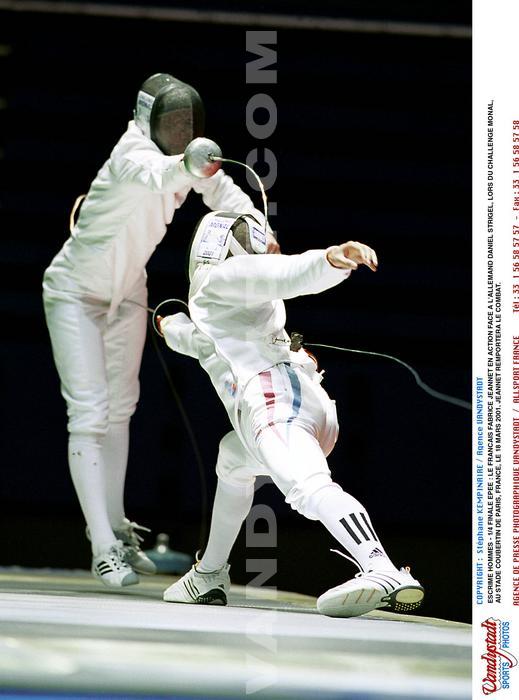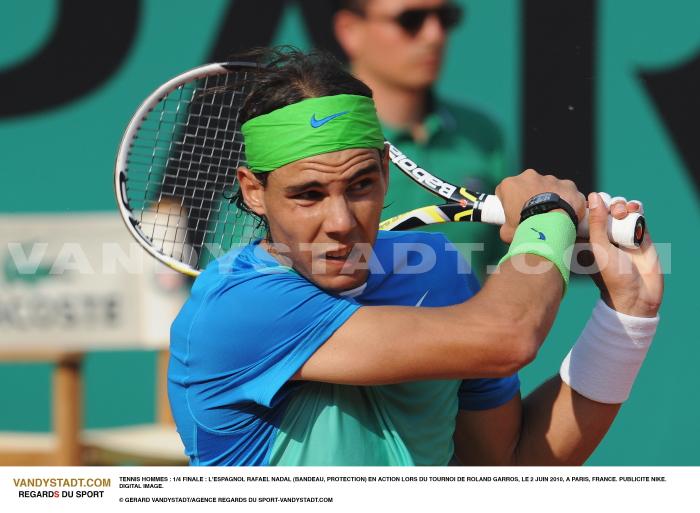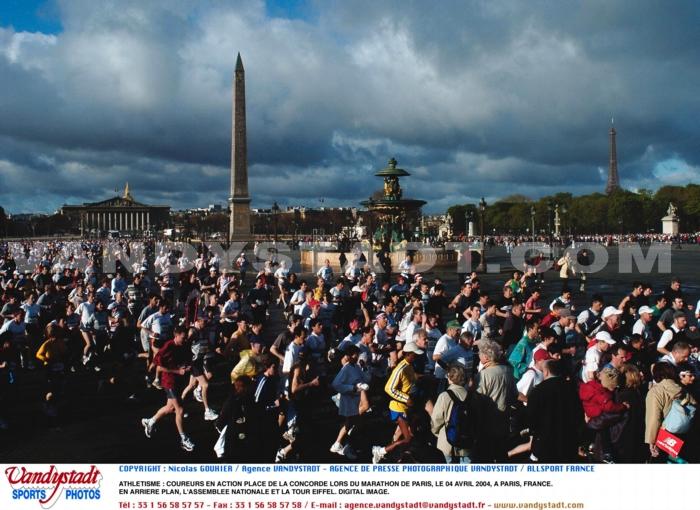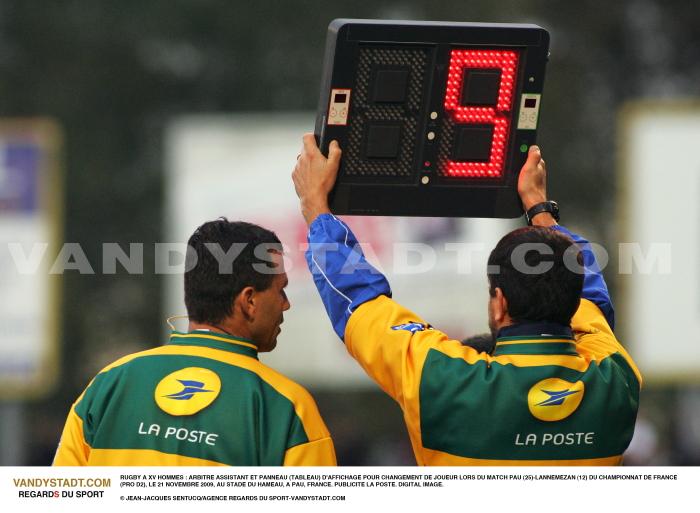Boxe anglaise - Boxing history
Boxing - Olympic Sports
![]()
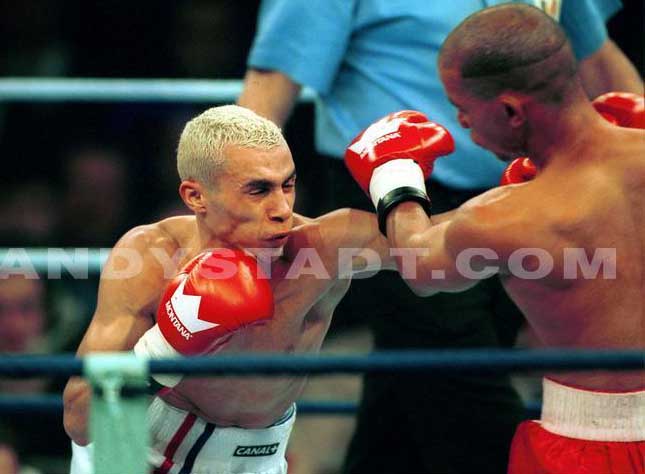
To box: fight with fists.
Boxing is one of the oldest sports, a fresco dating back 3 000 years BC, C, discovered in Iraq, showing boxers.
Boxing or the ancestor of boxing, was part of the Olympic Games in Ancient Greece in 668 BC. at the XXIII Olympiad. Homer described the boxing fights in the Iliad. The boxers have their hands covered with 'cest' (woolen leather with a width of two inches and a length of 2 meters, and tightly interwoven to limit injuries). In Rome, during the fighting of gladiators, boxers wore leather glove with metal studs with the intent to injure or kill their opponents. Also on the ruins of a Mesopotamian temple than 5 000 years BC. We discovered drawings of a fight between two Sumerians with their hands interlaced strips of leather. Boxing fell into obscurity with the demise of the Roman Empire.
In the 18th century, boxing with bare fists (from the 'boxing') were reactivated by Paris, the 'price-fights'. In 1719, the first boxing champion heavyweight was an Englishman named James Figg ( born in 1696), which remained unbeaten until 1730. In 1743, Jack Broughton (1704-1789) one of the Thames waterman who performs in the shows, founded an academy pugilistic. He is the first rules of the game, it limited the combat zone, he named it 'ring' and outlaws hitting below the belt. The London Prize Rules Boxing in 1838 will gradually consolidate the sport.
However, the first and true rules of boxing dates back to 1867 (written by the boxer John Graham Chambers in 1865 and published in 1867 by the 8th Marquess of Queensberry Shotto aka John Douglas) with a formal prohibition of the body to body, hand to hand combat clouds of choking and beating during an injury of the opponent. The meetings lasted 3 minutes with a rest period of 1 minute. The boxer, grounded more than 10 seconds, loses the game. Wearing gloves is mandatory. In 1891 there were 3 categories: heavy, more than 71.667 kilograms; means, below the weight light to 63.503 kilograms. In parallel, amateur boxing was also developed.
The code of professional boxing is still present from twelve of Queensberry rules.
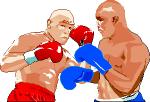
The last major champion to bare fists was the American John Sullivan, who lost in the 21st round title in 1892 in New Orleans after five years of invincibility against his compatriot James J. Corbett. This battle was fought under the new rules. James Corbett in turn became the first professional world champion in heavy weight.
La Fédération Internationale de Boxe (AIBA) was founded in 1946 on the initiative of French Emile Grémaux, RHRussell of English, the Norwegian-Host loans and Finnish Smeds. Its first president was Emile Grémaux. 190 National Federations are affiliated. The first world amateur championships were held in 1974 in Havana and the World Cup takes place since 1979. The European championships were held for the first time in Paris in 1924.
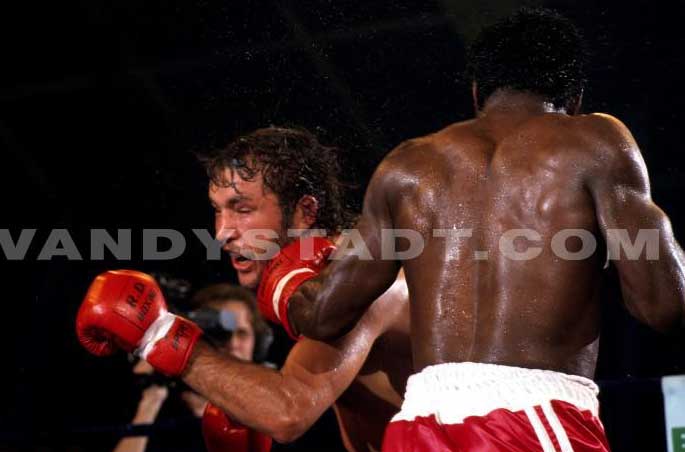
Boxing in France
In 1890, Louis Lerda, back in the United States, trying to locate the boxing in France. The first battle takes place at the Salle Wagram in Paris.
On February 15, 1903, the French Federation of Societies of Boxing was created by four young practitioners: MM. Albert Bourdariat, Frantz Reichel, Paul Rousseau, Van Rosose. Paul Rousseau is elected president. Led by Victor Breyer and Theo Vienna, major boxing matches are held at the Big Wheel and the Cirque de Paris. In 1909, Cirque de Paris, José Jeannette beats Sat MacVey abandonment by the 49th recovery. Therefore, the boxing is launched in France and many champions such Adolphe, Bernstein, G. Carpentier, Cuny, De Ponthieu, Dorgueille, Gloria, Lacroix, Ledoux, Moreau, Piet, P. Thil, etc.., Will definitely ensure its popular success.
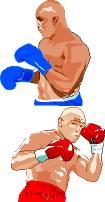
Boxing and the Olympic
Boxing is a sport most illustrious Olympic. It is an Olympic sport since 1904 in St. Louis because of its popularity in the United States where it has been recognized since 1888. Boxing is not on the program in 1896, the organizing committee felt it too dangerous.
Only male boxers in the Olympic Games. The fighting female boxing officials were held for the first time in 1930 but have not yet been included in the official Olympic program. Boxers must be aged 17 years and a minimum of 34 years (40 before 2000). Participants are dual boxing, as in antiquity, designated by lot, by weight category, regardless of rank boxers. The fight takes place in four rounds of 2 minutes with a break of one minute between each round. The athlete who touches his opponent on the front of the head or body above the waist, make a point. However, we need 3 of 5 judges give the coup together. At the end of the fourth round, the total number of valid points can determine the winner.
Since the Helsinki Olympics in 1952, the two semi-finalists receive a bronze medal. Since 1984, the boxers wore helmets
The first rules of the Marquis of Queensberry published in 1866:
Wearing gloves is mandatory
The introduction of weight classes
Delineation of the ring dimensions: 7.31 m (24 feet) square.
The rounds last for three minutes separated by a minute's rest
A boxer to earth 10 seconds to get up without assistance, otherwise it is declared defeated.
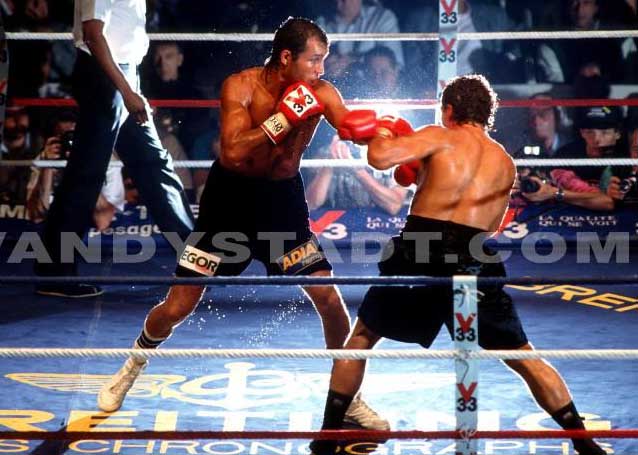
Competition
Boxing is a combat sport of pitting two opponents, fighting with fists. The goal of each participant is to strike the face and torso of his opponent in order to make the land more than ten seconds, there is a knockout (KO). But many games are played for points. A boxing match takes place under rules and procedures established under the supervision of a referee, judges and a timekeeper.
The ring
The matches must take place in a ring.
- The enclosure or ring is a square bordered by three rows of strings whose internal dimensions are between 4.90 m square and 6.10 m minimum side up.
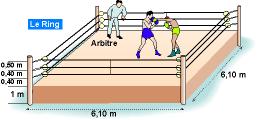
- The ring floor must be level and strong without harshness and well attached. It is placed at least 0.91 m and 1.22 m higher above the ground, and at least 1 m from the wall or partition nearest.
The surface of the floor beyond the sides delimited by the strings of 0.50 m at least.
The duration
The duration of a boxing match is
Iseo in recovery (rounds) separated by an interval of one minute. Each has a recovery period of 2 or 3 minutes. A gong sounds at the beginning of the fight at 10 seconds of the end of each round and at the end of a round.
Arbitration
Three judges based their scoring on a system of 10 points.
The judges give a score of 10 to the boxer who won the round, 9 points as his opponent. Each knock-down or carried off by the referee (misconduct) is deducted 10 points. Example: If a boxer falls again, it is given 8 points (9 for losing the round -1 for his downfall. He may have a round zero if the judges can not separate the winner from it. A score 10-10 is assigned to the boxers.

Decision
In a decision, three judges cards are used. They calculate all the points accumulated for each round. The total of these points will designate the winner.
There are several kinds of decisions: unanimous, majority (two judges for victory, no fighting for the third judge), shared (won two judges while the third grant victory to the other boxer), tie (three Judges have a different decision No boxer was raised winner), no decision (where a fight is stopped before the 4th round, the fight is declared 'no contest' or 'undecided').
When a boxer is stopped by the referee boxing (illegal move). is his opponent who wins the fight.
- The referee says 'boxing': resume action
- The referee says 'time': request to stop the clock
- The referee says 'stop': stop fighting
- The referee said 'break': the boxers are split into taking a step backwards
Weighing
The boxers were weighed the day before the fight. They should not exceed the weight of their class. If weight is not respected, the boxers have another chance in the next hour. If they fail, the contest may be canceled.
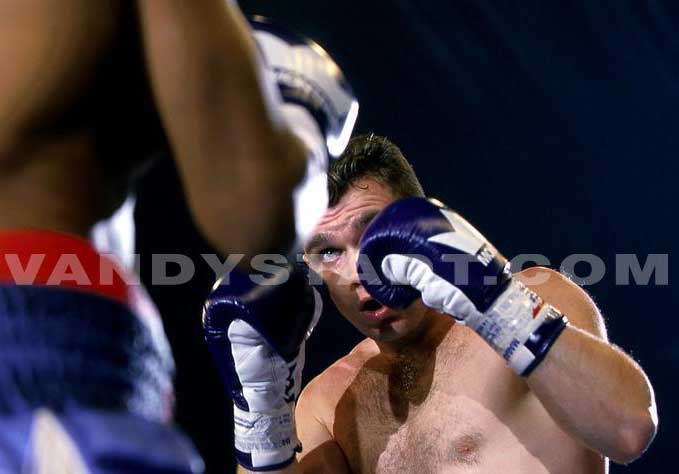
Gloves
The glove (leather-wrapped with a layer of foam) deadens the impact of blows.
- For any meeting of boxing gloves will be provided by the organizers. Two pairs of gloves should be held permanently in reserve at the officials table.
- The weight of gloves used for fighting fans is set to 227 g (8 ounces) each glove categories flyweight and welterweight and 284 g for categories super welterweight and super heavy. The leather portion shall not exceed 113.5 grams (4 ounces), the padding must weigh at least 113.5 grams (4 ounces).
For professional fights, the weight of gloves varies according to the weight class of 143 g (5 ounces) to 233 g (10 ounces).
Hand Bandage
The bands help to protect the last four metacarpals and the column inch. They are reinforced by elastic tape inextensible.
The holding of boxers
For meetings, the boxers must wear the following must be in perfect condition:
- Footwear rod or light shoes no-heel
- Panties whose legs down at least mid-thigh,
- Protective shell,
- The mouth guard is mandatory
- Wearing a helmet, a design approved, will be made mandatory for certain battles or certain amateur competitions;
The skin of the boxer must be clean of any coating.
Namely
The shots below the waist are prohibited. The main attack moves are the hook, line and uppercut. The guard is a position of the arms and legs which is to both protect themselves and prepare for an attack.
Amateur Boxing
Categories
Since 2004, eleven weight categories amateur.
Former welterweight (-67 kg) and super-welterweight (-71 kg) were grouped into one category 'welterweight' whose weight is set to -69 kg. The super welterweight in the program of the Games (since 1952) or large international meetings, no longer exists.
48 kg (light-flyweight), 51 kg (flyweight), 54 kg (bantamweight), 57 kg (featherweight) and 60 kg (lightweight), 64 kg (super lightweight), 69 kg (welterweight) , 75 kg (medium), 81 kg (light-heavyweight), 91 kg (heavyweight) + 91kg (super heavy weight
The amateur boxers have every right to hand a band of crepe or gauze (not expandable) not exceeding 2.50 m long and 0.05 m wide, or a band type Velpeau "2 m long and 0.05 m wide, which can be wrapped around each hand boxers.
Since 2000, the age limit for amateur is 34 years against 40 years ago
Professional boxing
Categories
There are seventeen categories of weight recognized professional boxing, but the majority of boxers fighting in eight of them: fly weight (less than 50.802 kilograms), bantamweight (53.524 kg), featherweight (57.153 kg) weight Lightweight (61.235 kg) Welterweight (66.678 kilograms), middleweight (72.575 kg) light-heavyweight (79.379 kg) and heavyweight (over 88.451 kilograms).
Three categories of professional boxing are not recognized in Europe: the straw weight (-47.627 kg), light-flyweight (48.988 kg), super-fly weight (52.163 kg).
There is a countdown of 10 seconds when the opponent is on the ground before it is declared "defeated" in professional boxing and amateur boxing.
The main rules
Only those authorized blows delivered with the fist part of the glove covering the head of the last four metacarpals and worn on any part of the front or sides of the head and body above the belt (the belt is a imaginary horizontal line that passes through the top of the hips).
Major faults and penalties
Are considered illegal and are therefore prohibited:
- The taps open hand, with the interior or the side of the hand with the wrist, elbow, shoulder or other body parts (legs and knee);
- The blows delivered without ground support, in reverse, keeping the strings;
- The blows below the belt (kidney) or behind the head (neck) or the body.
- The blows with the flat of the hand or holding the opponent's arm.
- To hold, squeeze, push the opponent or rely on him.
- To pass or arms under those of the opponent.
- To hold the strings to strike, parry, dodge or move.
- To attack, parry or dodge head in front of the fist.
- To lower the head below the level of the belt of the opponent.
- To hide in the gloves, passively attack the enemy.
- To strike an opponent "down".
- To talk in boxing.
- To shake hands during the fight or the beginning of each repetition.
Professional boxers were right for each hand:
- A tissue adhesive of 1.60 m long and 0.025 m wide, which will not be rolled, but applied flat on the metacarpal bone in each hand without exceeding the metacarpal head.
- A band of 1.80 m long and 0.05 m wide for all categories.
However, for the middleweight, light heavyweight and heavy, a tissue adhesive of 2.40 m long and a band of the same length are allowed.
Different agencies
Until 1944, there is a single federation, the National Boxing Association, born in the United States that awards 8 titles of World Champion.
Currently, there are 4 different international agencies that organize officially recognized world championship professional boxing and award some 68 titles in 17 different categories!
-National Boxing Association, founded in 1921, became in 1960 the World Boxing Association (WBA).
-World Boxing Council (WBC), an international umbrella organization, born in 1963.
-International Boxing Federation (IBF), founded in 1983 by Robert Lee, a former member of the WBC.
- World Boxing Organization (WBO), founded by some dissidents to the WBA in 1988.
They have their own lists of champions. Consequently, there may be 4 world champions for the same weight class. They may cons unify the title.
- A world champion should give his title once a year minimum.
- A world champion must abandon one of its securities if they are two different categories (WBC rules).
Good to know
- The first world champion of professional boxing was American James Corbett , in heavy sacred to New Orleans in 1892 (against John Sullivan).
- The first black boxer in the heavyweight category was American John Arthur Johnson in dethroning the Canadian Tommy Burns in Sydney in 1908.
Some differences between amateur boxing and professional boxing :
- The gloves are heavier in amateur category.
- The amateur boxers wear protective helmets.
- The matches are in 4 times (round) with a duration of 2 minutes with a break of one minute cons amateur boxing 12 rounds of three minutes with a break of a minute to pro boxing.
- The amateur boxers have every right to hand a band of crepe or gauze
The rules for combat under the unified adapted by all organizations of boxing is as follows:
- Three knock-downs in one round lead stop fighting.
- No account standing.
- If a boxer can not continue after an injury caused by regular beatings, he was defeated by freeze injury.
- If a boxer can not continue after an injury caused by an illegal move voluntarily, the offending boxer is disqualified.
- If a boxer can not continue after an injury caused by an illegal move involonatire: before the end of the 4th round, a technical draw is pronounced and the champion retained his belt after early 5th round, the judges make their ballots for the current round, a technical decision points is then made.
- A boxer knocked may be saved by the bell, except at the end of the 12th and final round.
Women Boxing
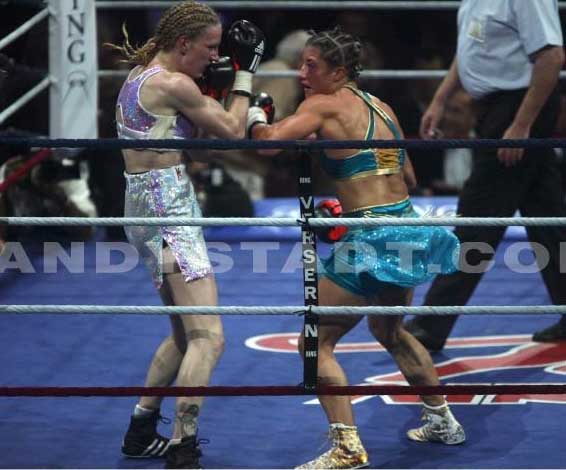
During the 1890s, women's boxing was present in the saloons and the circuit performances of varieties of style vaudeville where women gave punches and kicks to bully, scratch and throw their opponent. In the 1940s and 1950s, the most famous boxer was the Englishwoman Barbara Butrick, the first woman they aired the fight on American television.
One of precursory women's boxing was the American Christy Martin , the first boxer to sign a contract with famed boxing promoter, Don King, in 1993. Three years later, his bloody fight against Deirdre Gogarty in six rounds is back in the annals of boxing and have created the modern female professional boxing. She remained unbeaten in 48 fights for 50 years played in 14 career.
Women's boxing, recognized in 1994 by the Association Internationale de Boxe Amateur, is authorized in France since 1997 and has approximately 4000 licensees. The duration of the fight is 2 minutes per round (total rounds: between 4 and 12). The first Amateur Championship was held France in 2000.
Glossary
- The direct: the boxer uses the direct order to keep the opponent at a distance by throwing his fist in a straight line with a weaker arm, bringing the elbow and shoulder distant rear.
- Custody: position of the boxer to stop before proceeding to attack or defend itself without compromising its balance.
- The hook: the shortest line, made with a shrug of the shoulders and arms slightly bent.
- The jab: blow given with the arm extended from a normal guard, or the law; this move is described by a horizontal extension of a left arm
- The cross: hook carried at the same time as the opponent.
- The uppercut: fist hand upwards in the custody of the opponent.
- Swing: large hook.
- It one-two: left hook-right.
- Remission: offensive action. After receiving a blow, the boxer has a turn.
- The cons: When an opponent attacks, the cons is brought before the attack comes from the boxer in a defensive position.
- The hook: This shot is from the side with arms folded like a hook. It starts from the shoulder with a fast moving and powerful rotation as a spin (to lower the guard and well online).
- The uppercut: the blow is carried upward with one arm, also with a rapid movement of rotation. The boxer must stand upright on the leg side of the fist strikes.
- The feigned a simulated attack.
- The duck: when the boxer erases a part of his body exposed to the coup. A lateral movement of the head avoiding direct is a dodge.
- The KO: after falling to the ground, the boxer must get up before the referee has counted to 10.
- The KO posture: the blow to the liver leads to a fall in muscle contraction caused by abdominal pain. The boxer falls between 3 and 5 seconds after the stroke (loss of balance).
- The KO brain: the blow to the face (the forehead or chin) causing deep head rotation. Boxer loses balance (the eye, neuro-neck muscles and inner ear are unbalanced) and falls to the ground. He may lose consciousness.
- Crouch: the boxer protects his head with 2 fists.
- Break the arbitrator ordered the 2 combatants to separate.
- False alert: The fist and the right foot is forward.
Other technical terms
Referee stoppage: Term used to stop the fight when a boxer is outclassed or is no longer able to continue.
In: Count to 10 seconds by the referee after a defeat which put off by fighting is reported if the boxer is still down.
In eight mandatory: In eight seconds of a boxer to land must observe when it is, period allowing the arbitrator to decide whether to continue the fight.
Fault fouls as hitting below the belt or hold.
Discard the towel in the traditional way of forfeit when the assistant felt that his fighter is unable to continue the fight throwing a towel into the ring to stop it.
Getting out of combat: 1. Decision of the referee to stop the fighting and name of the winner if his opponent stayed on the ground until the end of the 10 count. 2. Getting out of combat during the 10 count of the arbiter.
Saved by the Bell: Saved from a fight off by the bell announcing the end of recovery (possible only in the last round in the finals of the Olympic Games).
Outperformed: Decision of the referee stopping the fight when a boxer gets too many shots and his opponent declared the winner.
Records:
- The boxing match the shortest took place in Minneapolis in 1947 between Pat and Mike Collins Browson: 4 seconds to put Pat Browson KO!
- The boxing match was the longest held in New Orleans, 1893: 110 rounds played in 7 hours and 19 minutes!
Copyright Sportquick/Promedi









